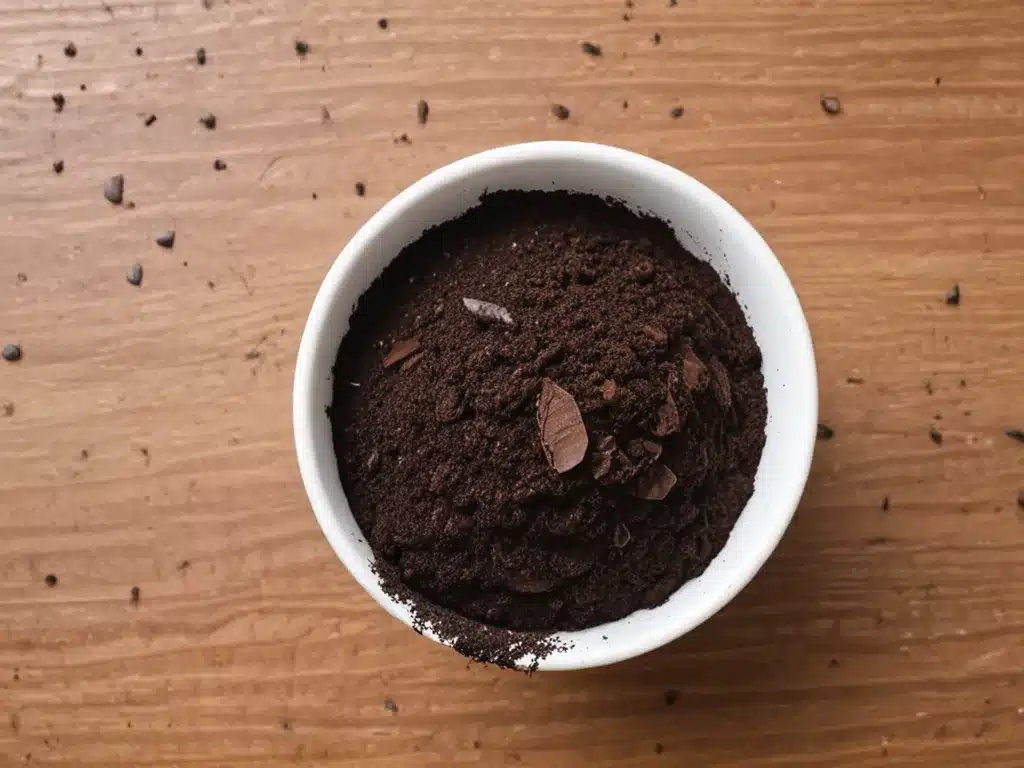 ## What Can One Do With Spent Coffee Grounds?
## What Can One Do With Spent Coffee Grounds?
Spent coffee grounds, the leftover residue from brewed coffee, contain nutrients and compounds that have value beyond the waste bin. As I pondered how I could utilize my daily coffee grounds in new ways, questions arose – What other uses exist for these grounds aside from composting? How might one leverage their nutrient and acid content?
I considered using grounds in the garden or for cooking but knew little about their specific benefits for plants or foods. I decided to research common applications and learn how grounds interact with other materials to create value. My curiosity about their composition and properties drove me to explore creative repurposing ideas.
Nutrient Profile of Spent Coffee Grounds
Coffee grounds boast a nutrient-rich profile due to their origins from coffee beans. As the solid material leftover after brewing coffee, grounds retain beneficial compounds like nitrogen, potassium and antioxidants still valuable for other applications.
| Nutrient | Amount Present in 1 Cup of Grounds |
|---|---|
| Nitrogen | 2 grams |
| Potassium | 0.4 grams |
| Magnesium | 25 milligrams |
| Phosphorus | 15 milligrams |
| Calcium | 45 milligrams |
Nitrogen acts as a key nutrient for plants, potassium supports overall plant health and disease resistance, and magnesium, phosphorus and calcium benefit plant growth and flowering. With such a nutrient-dense profile, grounds seemed well-suited for uses enhancing plant and soil quality.
How Coffee Grounds Can Enrich Gardens and Houseplants
Coffee grounds add many nutrients gardens and houseplants readily absorb through their roots systems. As I learned about their composition, I considered incorporating grounds into my own plant care routine and garden soil. Some effective applications include:
- Top-dressing potting mixes or directly sprinkling on soil surfaces nourishes plants with a slow-release fertilizer. The acidic content also balances pH.
- Works as a mulch on flower beds and vegetable gardens to discourage weeds and retains moisture around plant roots.
- Brewing tea from grounds provides an organic liquid fertilizer plants absorb through leaves. Simply steep grounds in water for several hours before watering or foliar feeding with the resulting tea.
I decided to experiment with these uses to observe how my plants responded to the extra nutrients. So far, growth seems vigorous and foliage healthier with less instance of disease or pests. I look forward to continuing my garden\’s coffee amendment regimen going forward.
Other Creative Ways to Use Spent Grounds
Beyond gardening, spending time researching uncovered many additional clever repurposing ideas leveraging grounds\’ properties:
- DIY all-natural scrub for cleaning kitchens and bathrooms cuts through grease while exfoliating skin. Simply mix grounds with water to desired consistency.
- Adhesive element in crafting like flowerpot mixes or modeling compounds gives texture and lasts longer than water alone. Easy do-it-yourself option for projects.
- Deodorizer or air freshener – Grounds absorb odors through their micro-pores. Place some in refrigerators, closets, or automobiles for fresh scents.
- Effective exfoliant in body scrubs or facial masks. Gentle abrasiveness polishes skin while grounds\’ antioxidants nourish.
- Repels insects like ants when placed around exterior entry points due to their naturally bitter components.
Experimenting with these unique repurposing ideas sparked my creativity. I enjoy inventing new ways to reduce waste while leveraging grounds\’ versatile properties in unexpected applications. Their versatility continues to amaze me.
Conclusion
As this overview illustrated, spent coffee grounds offer multitudes beyond the waste bin alone. Their robust nutrient profile and special traits enable value-added uses in gardening, crafts, cleaning and more. By learning about grounds\’ composition and properties, new repurposing ideas emerge leveraging their full potential. Going forward, I look forward to further exploring grounds\’ many untapped possibilities as well as sharing innovative application concepts with others. Their worth stretches far beyond a single cup of coffee.



















